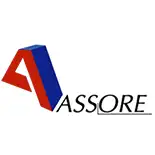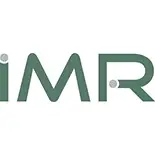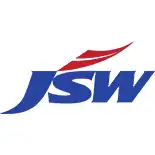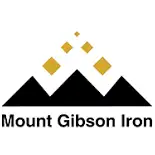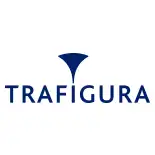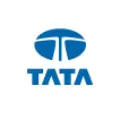
Biohydrometallurgy is a field that encompasses the overlapping areas of biology and hydrometallurgy. Biohydrometallurgy is the process that employs microorganisms such as fungi and bacteria to produce various organic acids (using the metabolic Krebs cycle) for metal leakage. This method replaces the use of chemically manufactured acids, which is more environmentally friendly and has lower material costs. This is the basic principle of biomining. It is the technique of extracting metals from ores and other solid materials, typically using micro-organisms (bacteria, archae, fungi, or plants.
Most current biomining operations target valuable metals like copper, uranium, nickel, and gold that are commonly found in sulfidic (sulfur-bearing) minerals.
Microbesare especially good at oxidizing sulfidic minerals, converting metals like iron and copper into forms that can dissolve more easily.
The most common processes used in biomining are:
• Heap leaching: freshly mined material is moved directly into heaps that are then bioleached.
• Dump leaching: low-value ore or waste rock is placed in a sealed pit and then bioleached to remove more of the valuable metals from the waste pile.
• Agitated leaching: crushed rocks are placed into a large vat that is shaken to distribute the microbes and material evenly and speed up the bioleaching process.
Leaching times vary from days to months, making this process slower than conventional mineral extraction techniques.[1] Dump and heap leaching are the oldest and most established biomining techniques, but the use of agitated leaching is becoming more common for minerals that are resistant to leaching, including some copper sulfides like chalcopyrite.
Advantages:
• Compared to typical mining that uses hazardous chemicals and has a large CO2 footprint, biomining represents an environmentally friendly alternative, producing very little (if at all) hazardous waste.
• Biomining techniques may also be used to clean up sites that have been polluted with metals.
Different methods used to bring out the metals:
• A different biomining technique, for metals which are not dissolved by the microbes, uses microbes to break down the surrounding minerals, making it easier to recover the metal of interest directly from the remaining rock.
• When the metal of interest is directly dissolved, the biomining process is called “bioleaching,” and when the metal of interest is made more accessible or “enriched” in the material left behind, it is called “bio-oxidation.”
• New biomining techniques that do not involve oxidation are being tested, which would enable large-scale biomining for different types of minerals and metals.
• Some researchers and companies are testing the use of biomining for recycling, to recover valuable elements from wastewater and electronic waste.
• Several smaller operations recover metals from existing acid mine drainage. These operations recover economically valuable metals that would otherwise cause pollution.
• The feasibility of biomining deep underground is being studied to avoid having to excavate the rocks themselves.

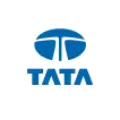
Chief Operation, FAMD, Tata Steel Limited..


Sr. General Manager,, Emirates Trading Agency L.L.C..


Mines Manager, Hindustan Zinc Limited, a Vedanta Company.

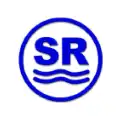
General Manager, Stevin Rock L.L.C..


Executive Vice President (Works),, DCW Limited.


AVP – Coal Quality & Sales Compliance Head,, PT Indo Tambangraya Megah Tbk (BANPU).

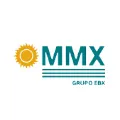
Laboratory Head, MMX.

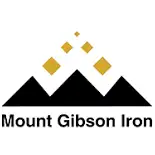
Shipping Administrator, Mount Gibson Iron Limited.


Senior Director – Asia Pacific Iron Ore Sales,, Cliffs Natural Resources Pty Ltd..

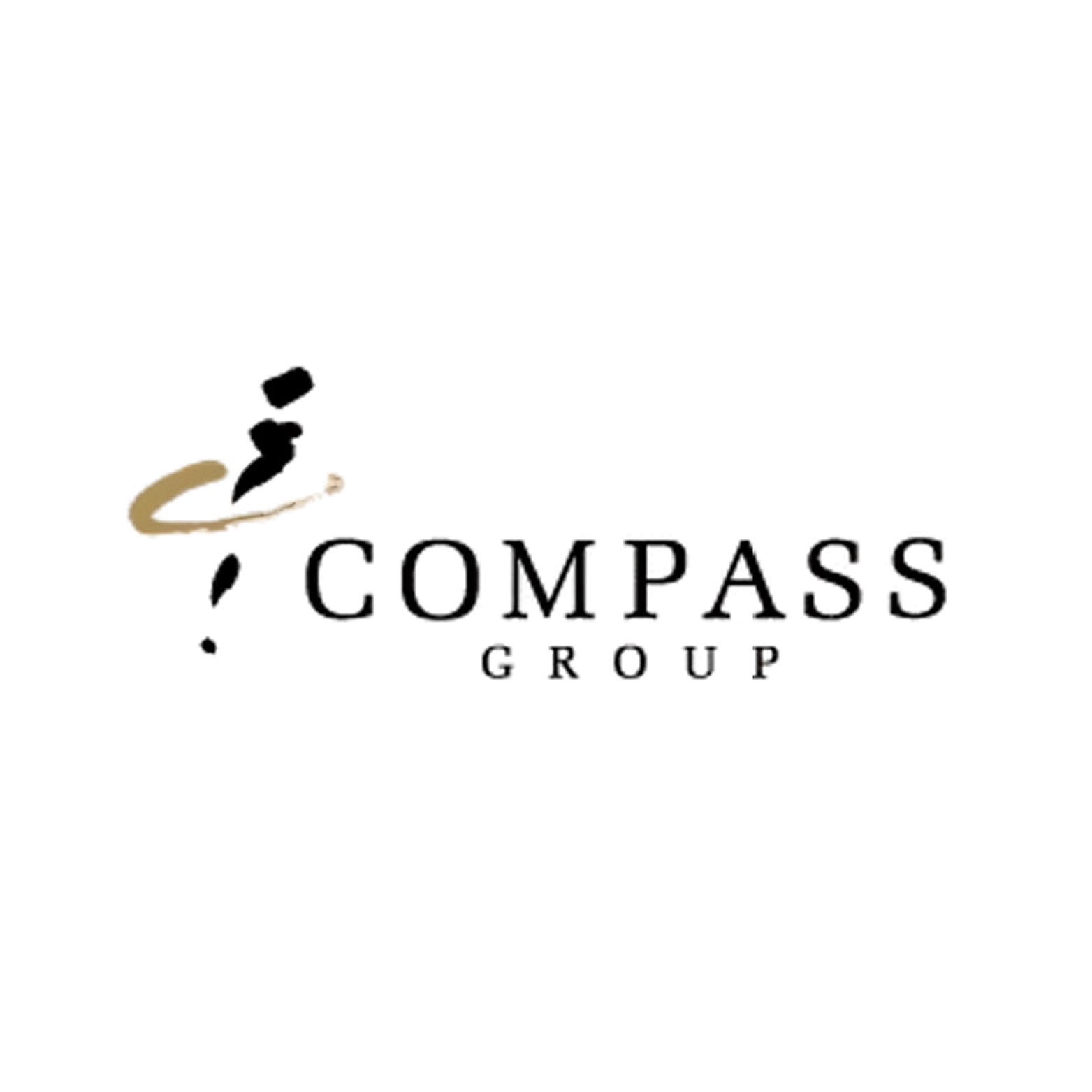
Member, Compass Group (India) Pvt. Ltd.
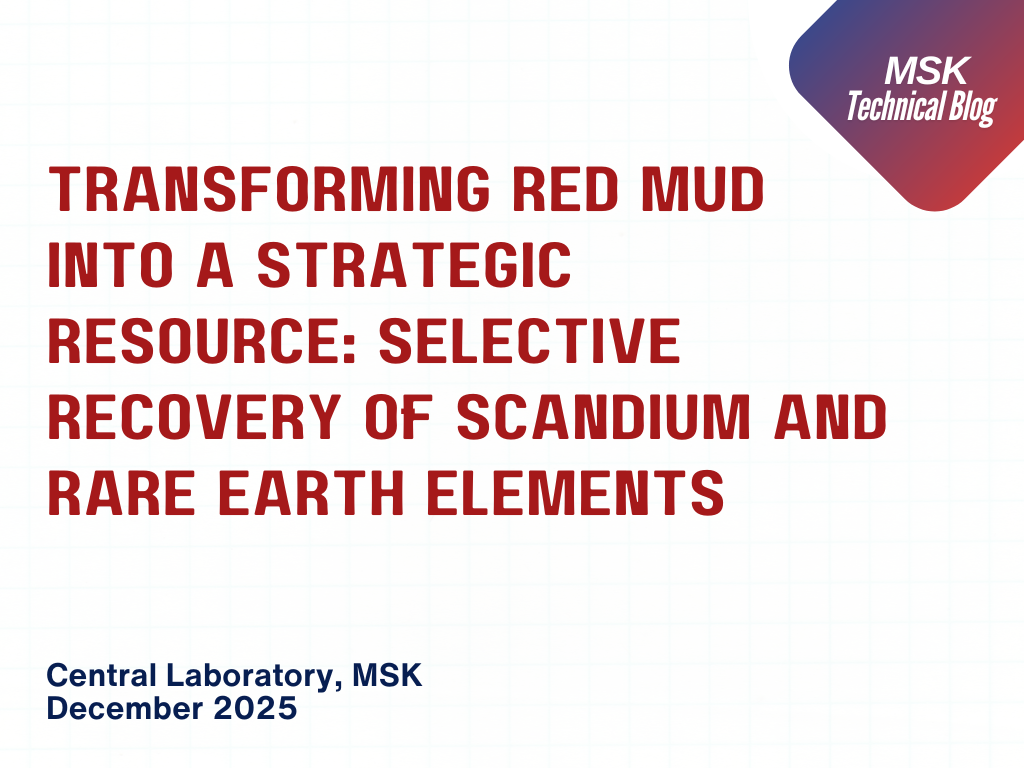
Posted on December 16 2025 By Mitra S.K ADMIN
Read More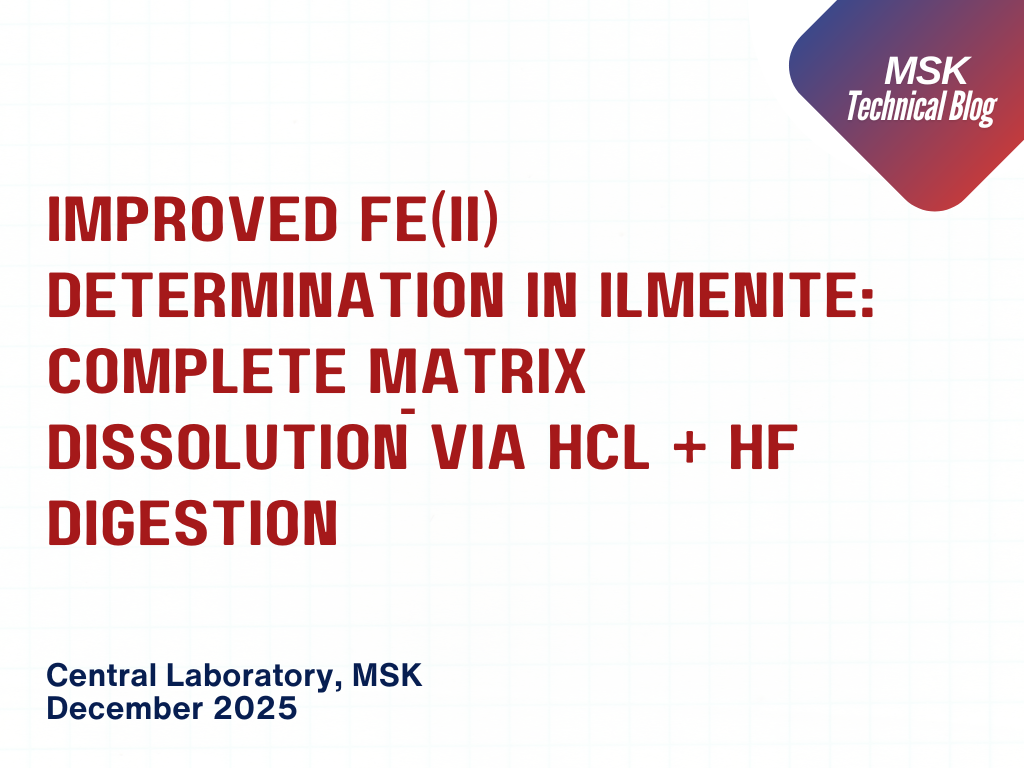
Posted on December 16 2025 By Mitra S.K ADMIN

Posted on December 16 2025 By Mitra S.K ADMIN

Posted on December 11 2025 By Mitra S.K ADMIN
![Estimating Cobalt by UV-Vis Spectroscopy: The [CoCl?]²? Acetone Method](https://mitrask.com/uploads/blogs/1764834098Estimating%20Cobalt.png)
Posted on December 04 2025 By Mitra S.K ADMIN
Posted on December 04 2025 By Mitra S.K ADMIN
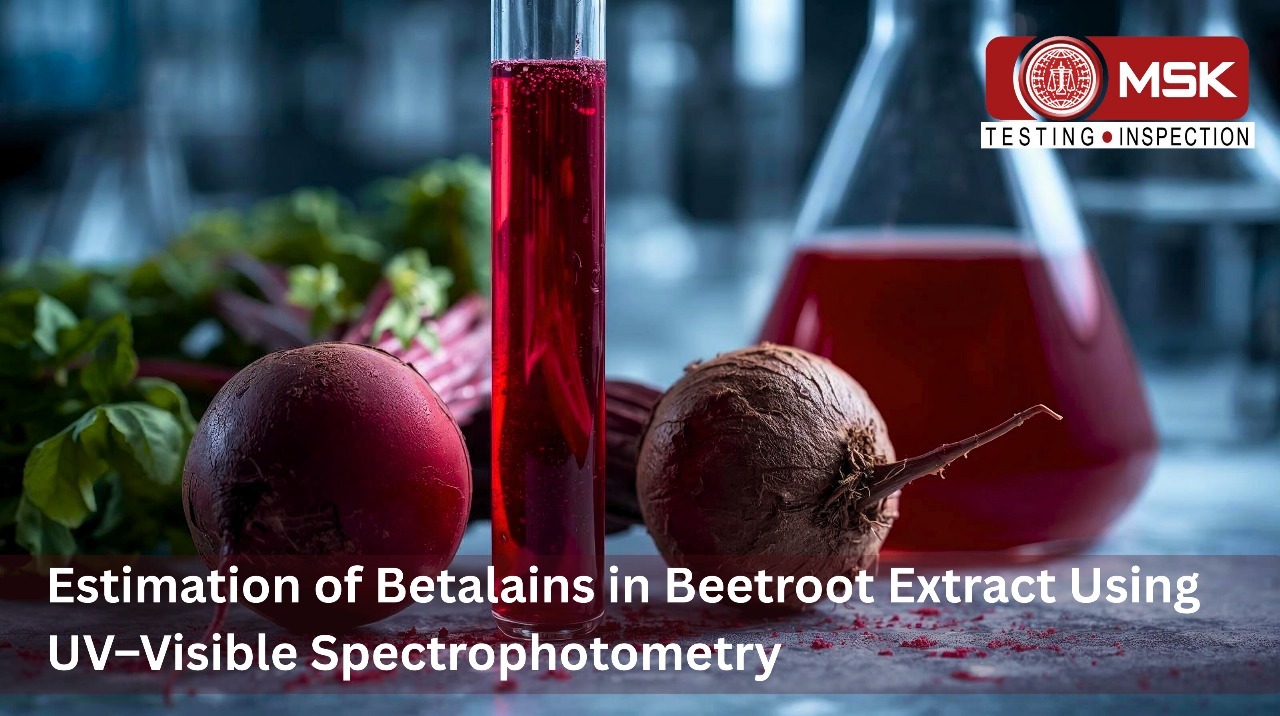
Posted on November 12 2025 By Mitra S.K ADMIN
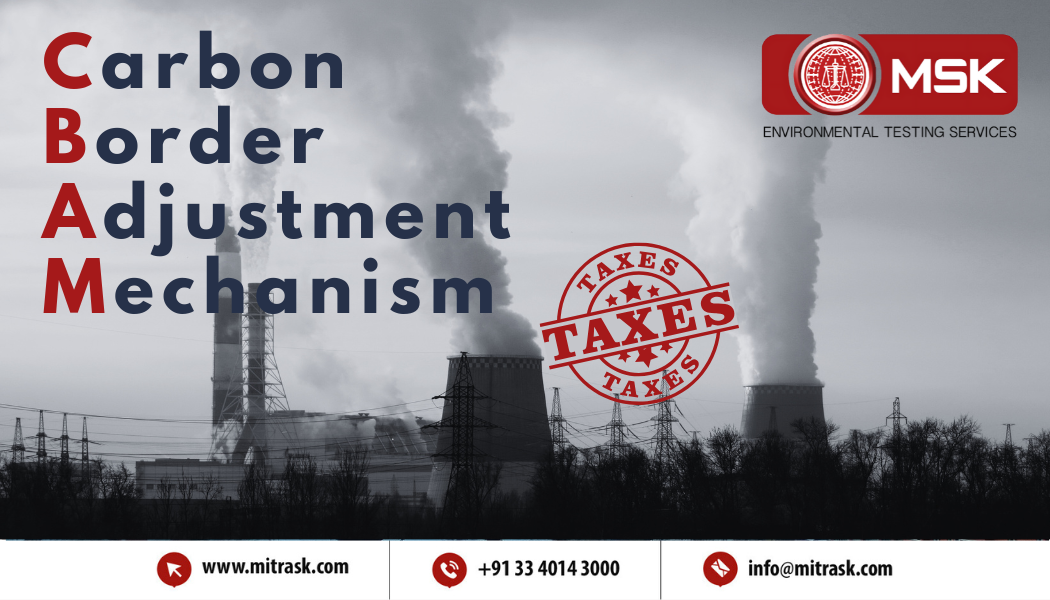
Posted on September 23 2025 By Mitra S.K ADMIN
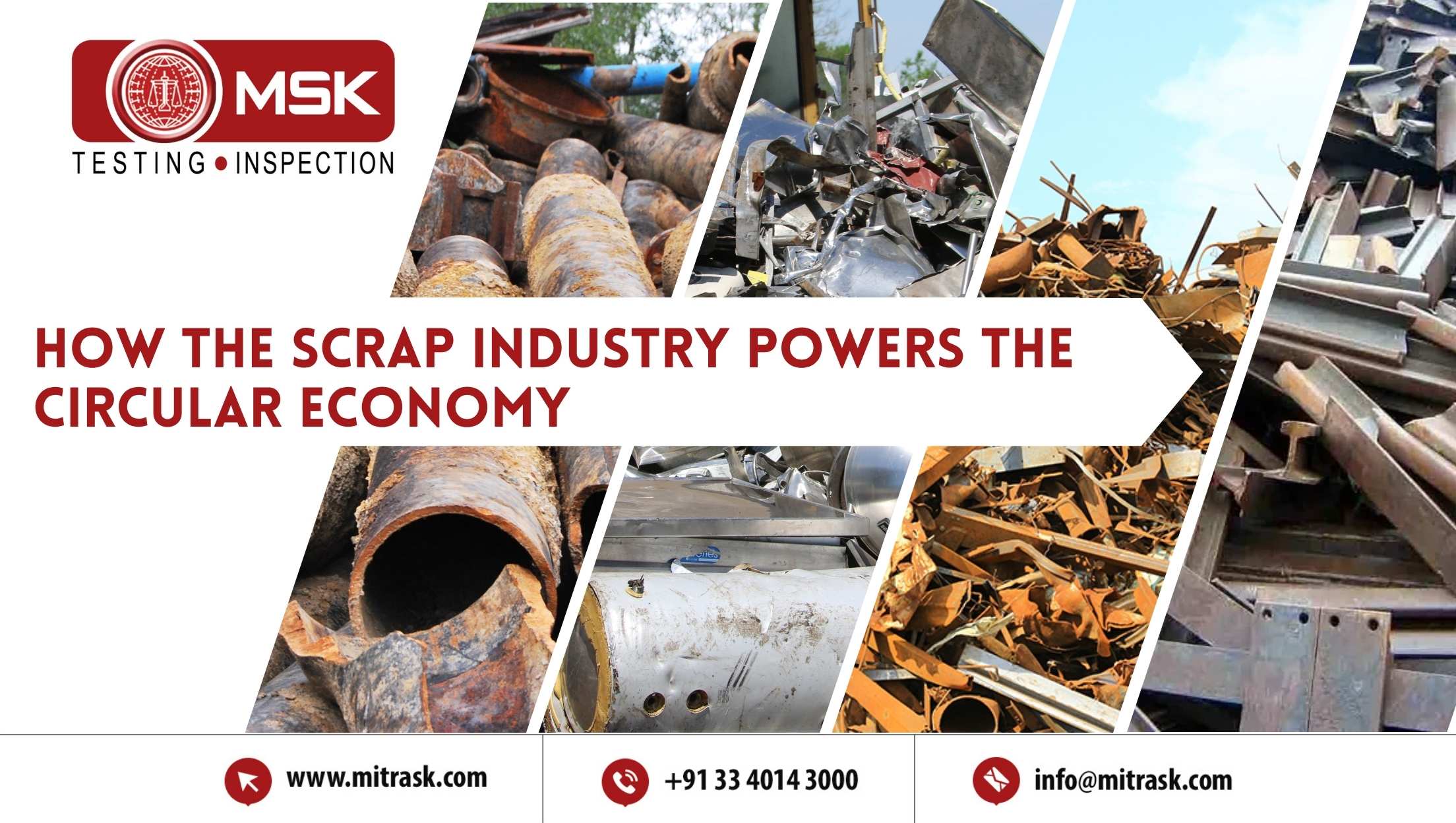
Posted on August 01 2025 By Mitra S.K ADMIN

Posted on July 25 2025 By Mitra S.K ADMIN

Posted on July 18 2025 By Mitra S.K ADMIN

Posted on July 01 2025 By Mitra S.K ADMIN

Posted on May 22 2025 By Mitra S.K ADMIN

Posted on January 24 2025 By Mitra S.K ADMIN

Posted on January 24 2025 By Mitra S.K ADMIN
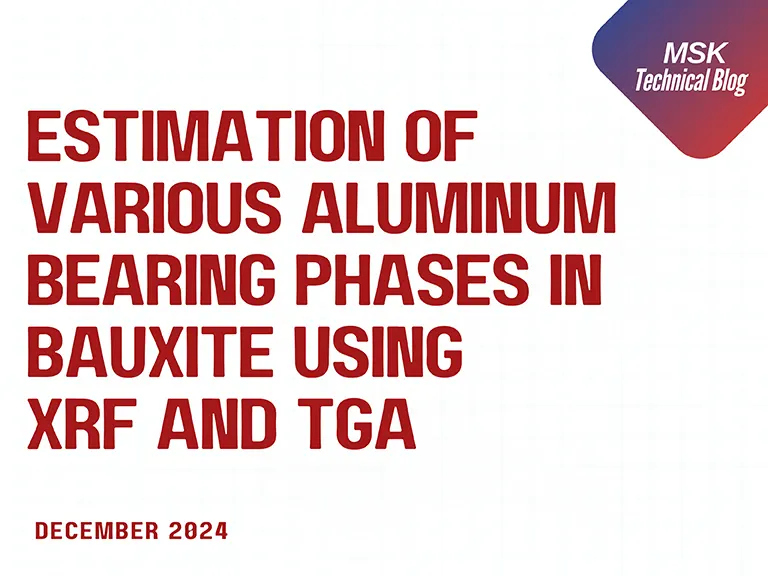
Posted on December 31 2024 By Mitra S.K ADMIN
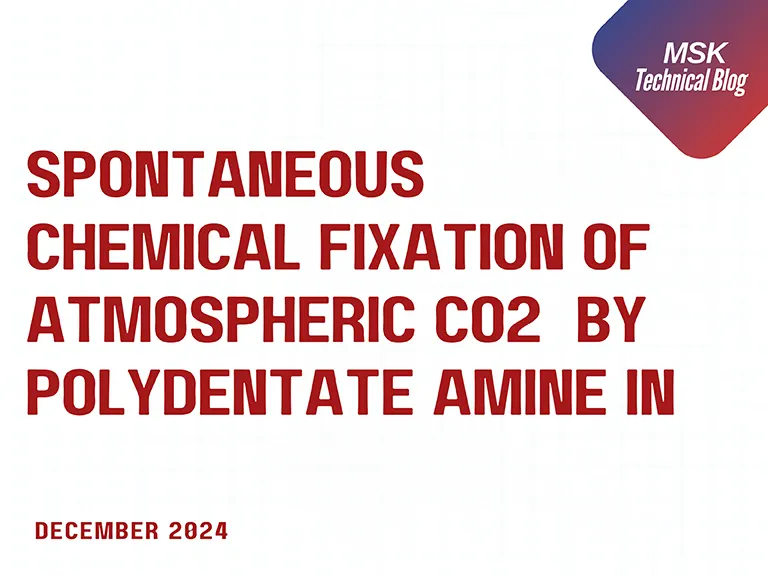
Posted on December 31 2024 By Mitra S.K ADMIN
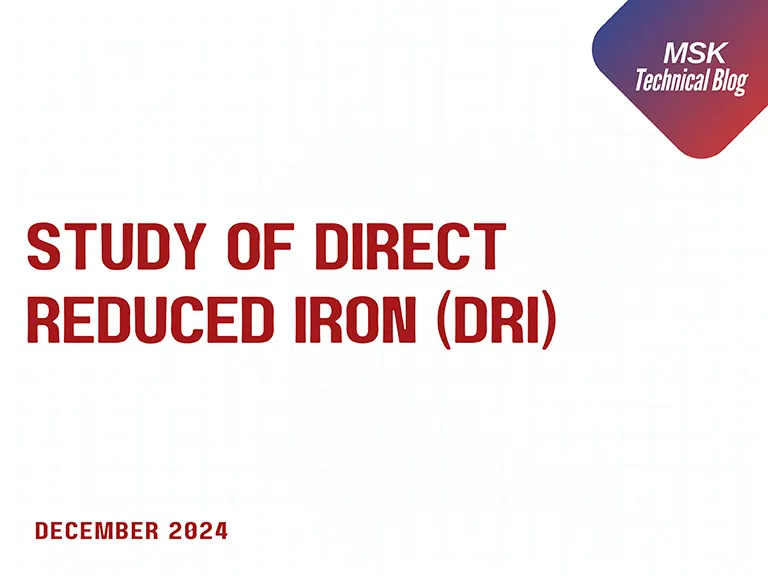
Posted on December 31 2024 By Mitra S.K ADMIN
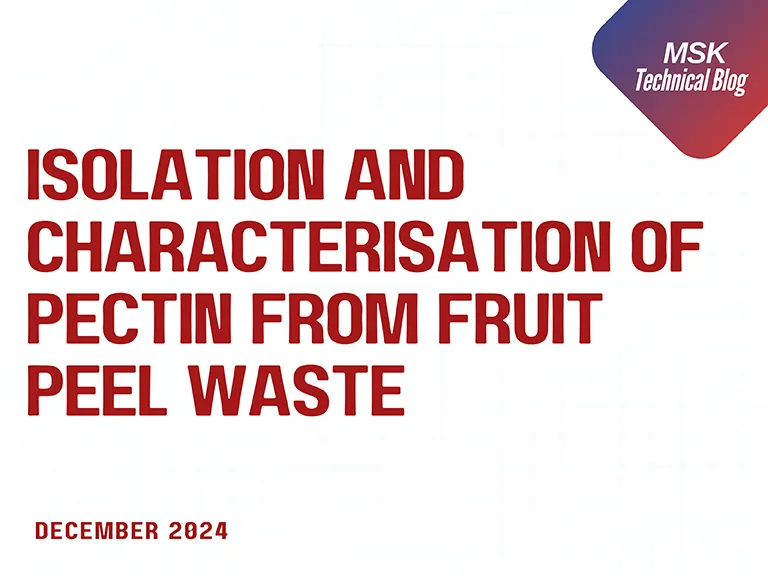
Posted on December 31 2024 By Mitra S.K ADMIN
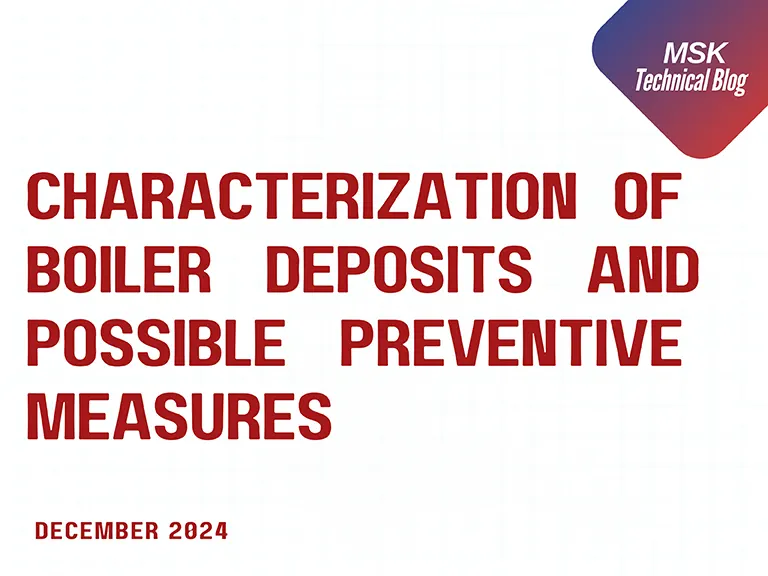
Posted on December 31 2024 By Mitra S.K ADMIN

Posted on December 03 2024 By Mitra S.K ADMIN
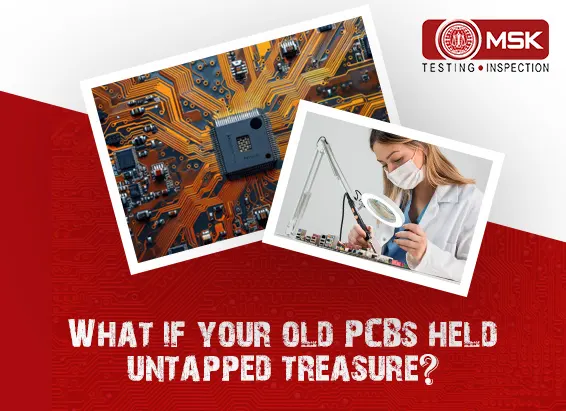
Posted on October 17 2024 By Mitra S.K ADMIN
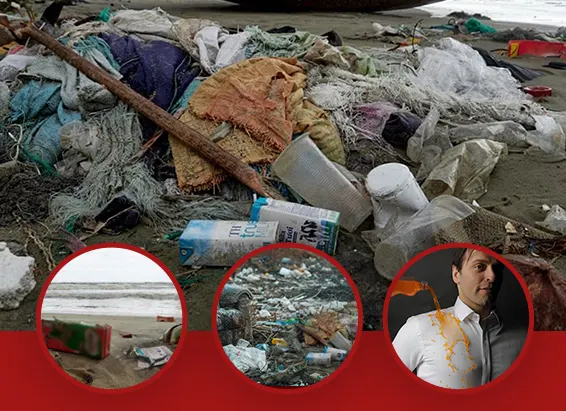
Posted on October 04 2024 By Mitra S.K ADMIN
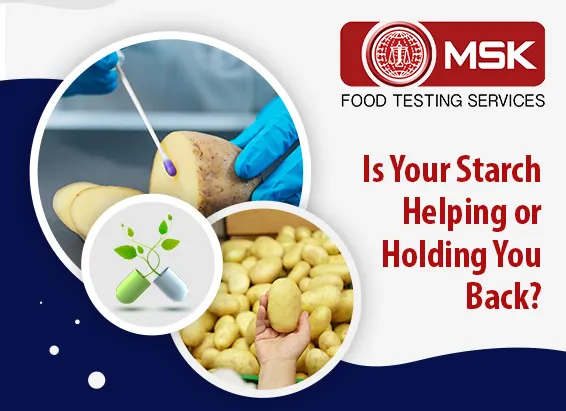
Posted on September 13 2024 By Mitra S.K ADMIN
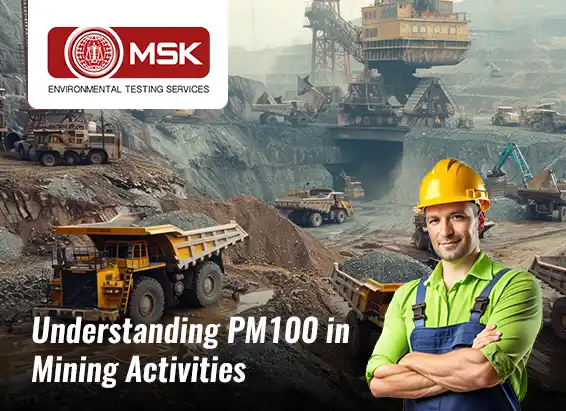
Posted on August 27 2024 By Mitra S.K ADMIN
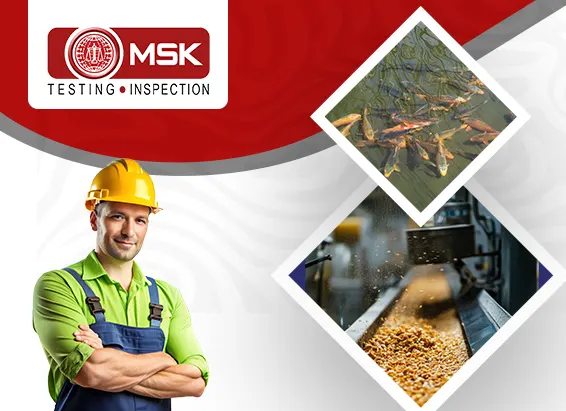
Posted on August 23 2024 By Mitra S.K ADMIN
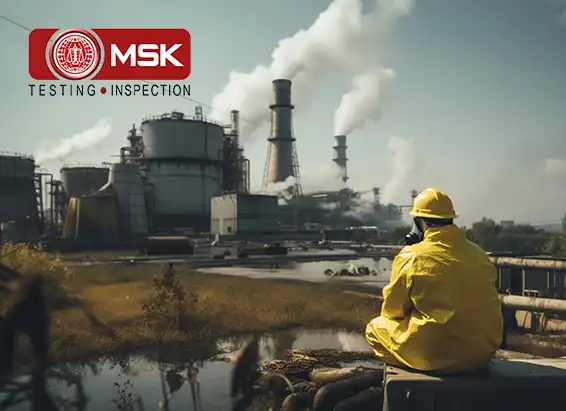
Posted on June 27 2024 By Mitra S.K ADMIN
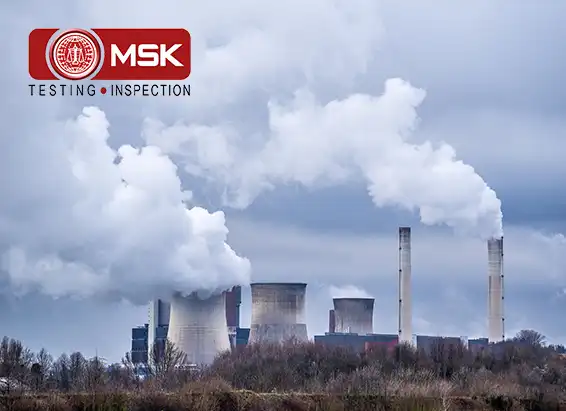
Posted on June 22 2024 By Mitra S.K ADMIN
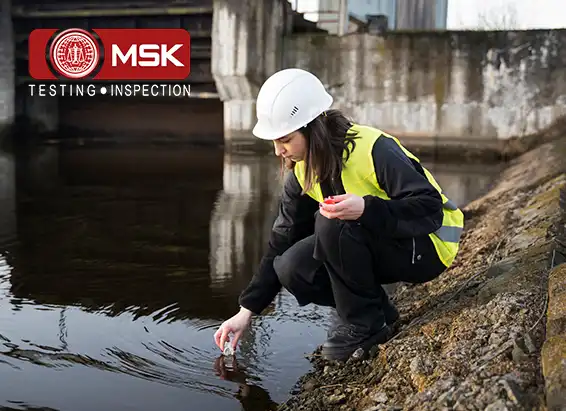
Posted on June 15 2024 By Mitra S.K ADMIN
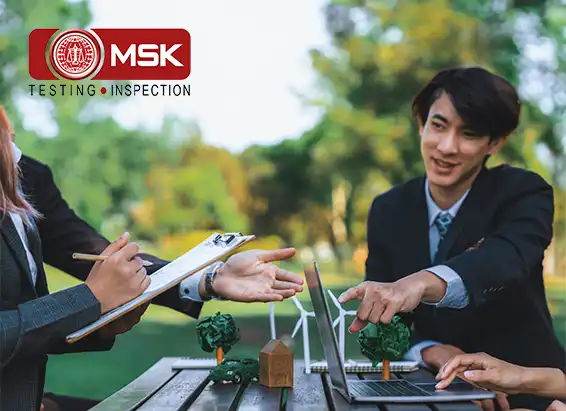
Posted on May 24 2024 By Mitra S.K ADMIN
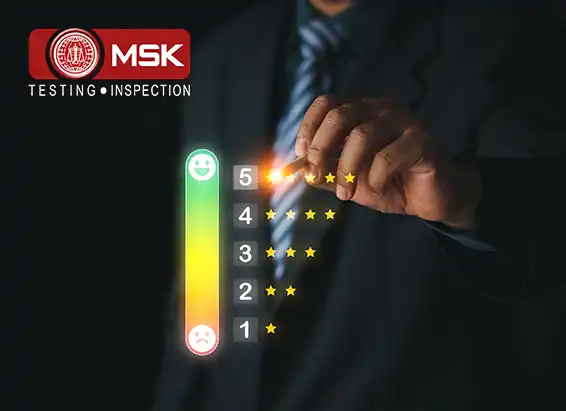
Posted on May 17 2024 By Mitra S.K ADMIN
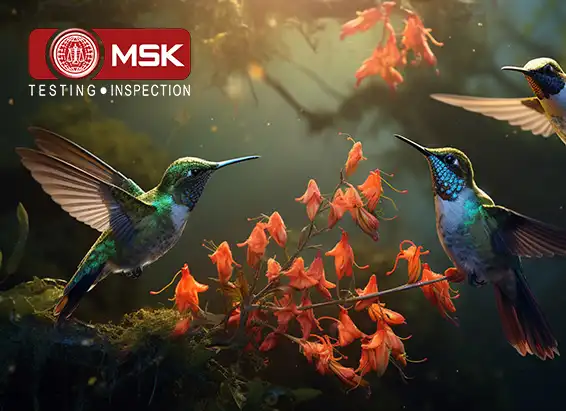
Posted on May 09 2024 By Mitra S.K ADMIN
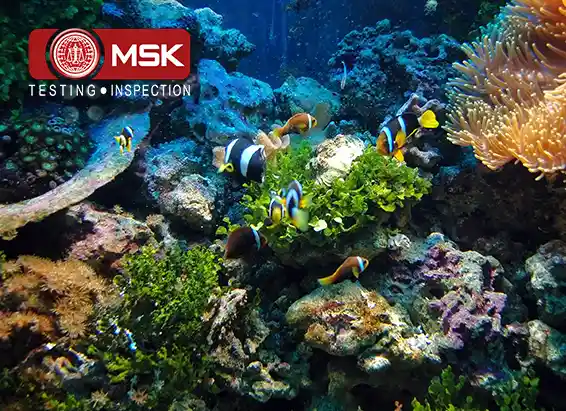
Posted on April 20 2024 By Mitra S.K ADMIN
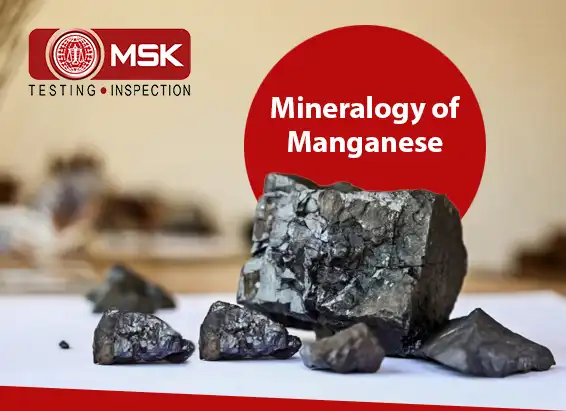
Posted on April 13 2024 By Mitra S.K ADMIN
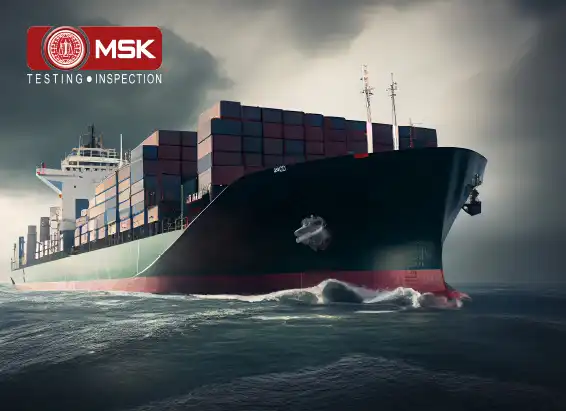
Posted on April 30 2024 By Mitra S.K ADMIN

Posted on April 29 2024 By Mitra S.K ADMIN
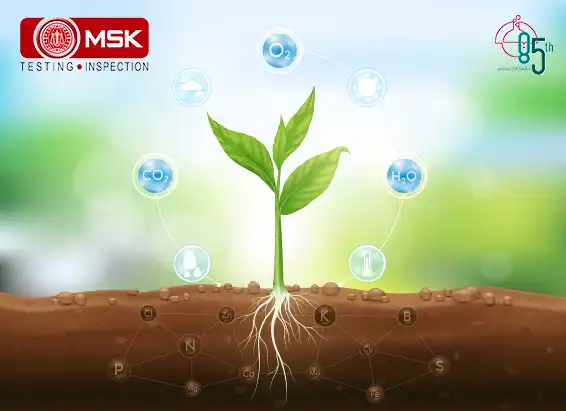
Posted on December 30 2023 By Mitra S.K ADMIN
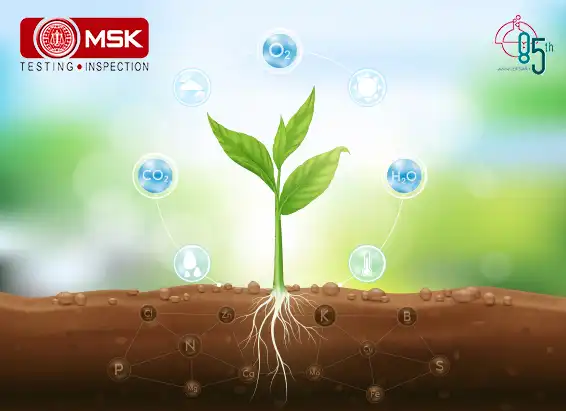
Posted on December 30 2023 By Mitra S.K ADMIN
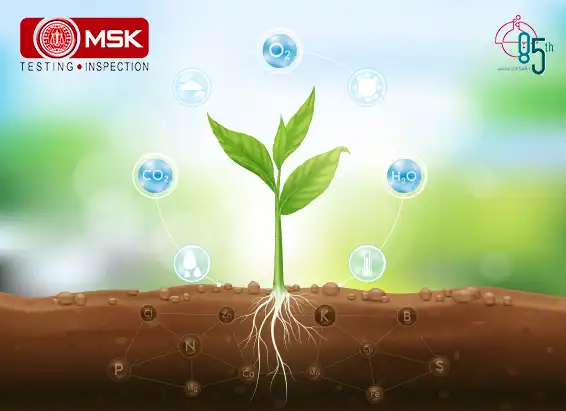
Posted on December 30 2023 By Mitra S.K ADMIN
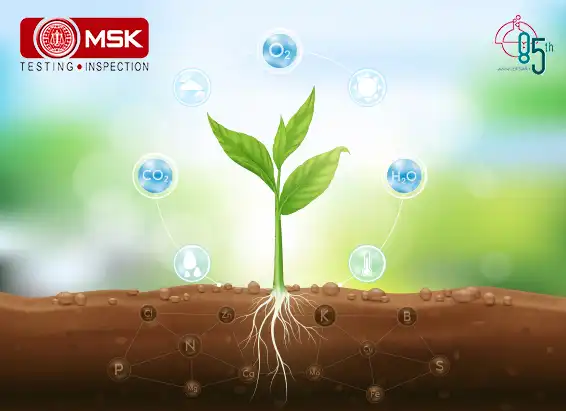
Posted on December 27 2023 By Mitra S.K ADMIN
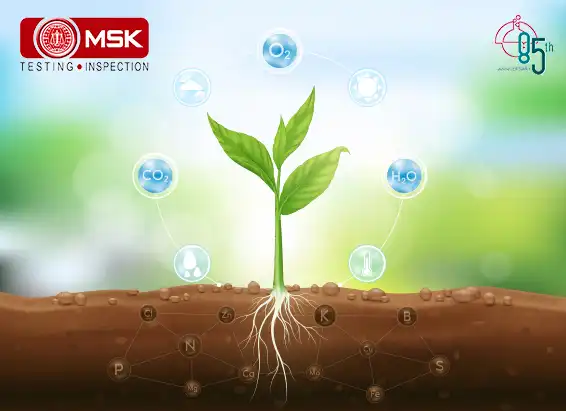
Posted on December 27 2023 By Mitra S.K ADMIN
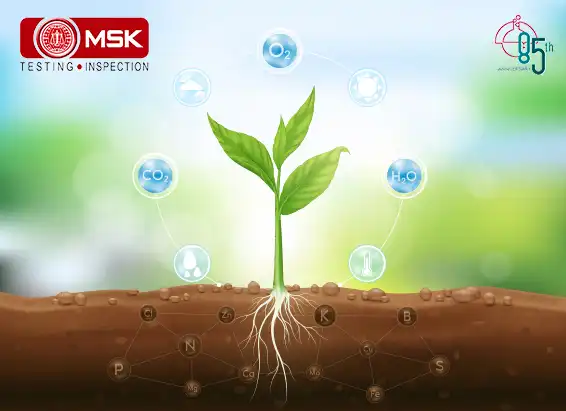
Posted on December 27 2023 By Mitra S.K ADMIN
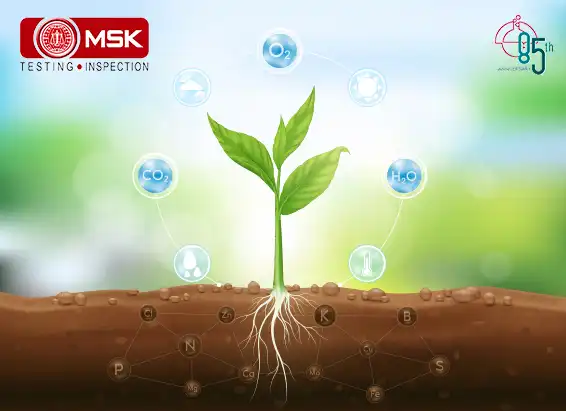
Posted on December 27 2023 By Mitra S.K ADMIN
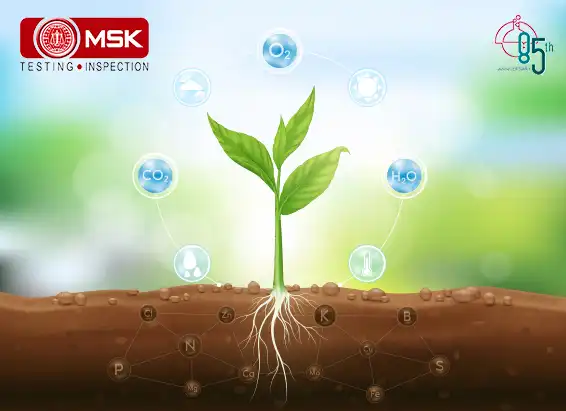
Posted on December 27 2023 By Mitra S.K ADMIN
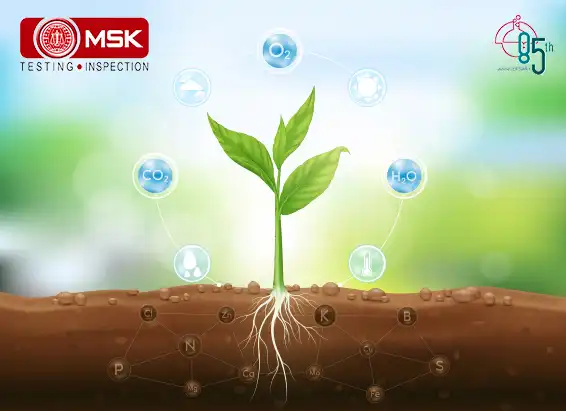
Posted on December 27 2023 By Mitra S.K ADMIN
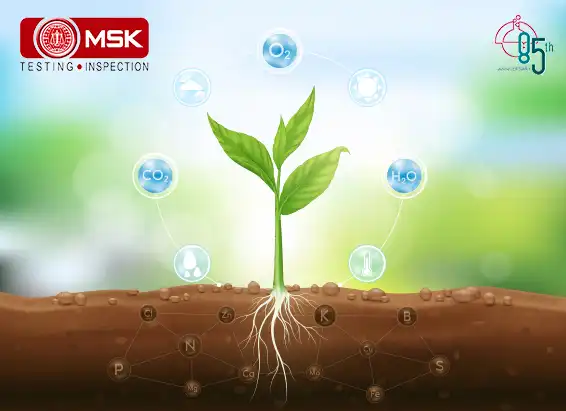
Posted on December 27 2023 By Mitra S.K ADMIN
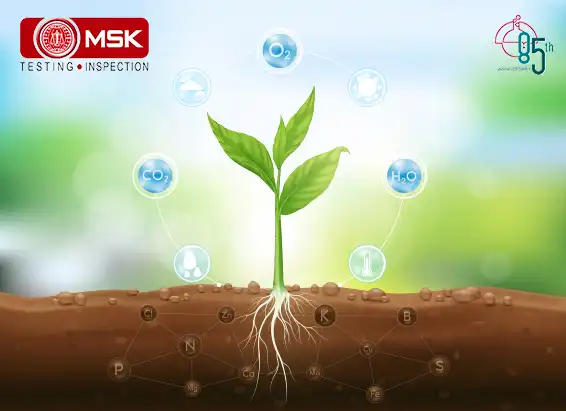
Posted on December 26 2023 By Mitra S.K ADMIN
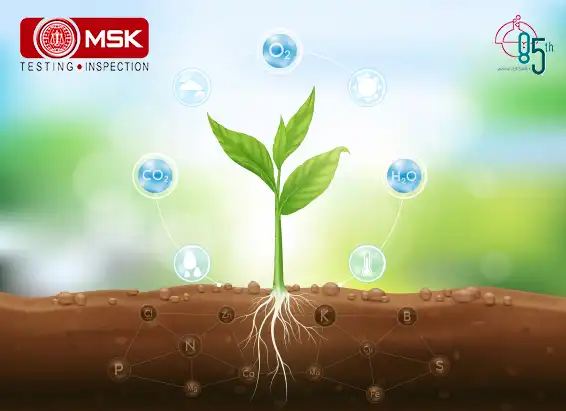
Posted on April 05 2022 By Mitra S.K ADMIN
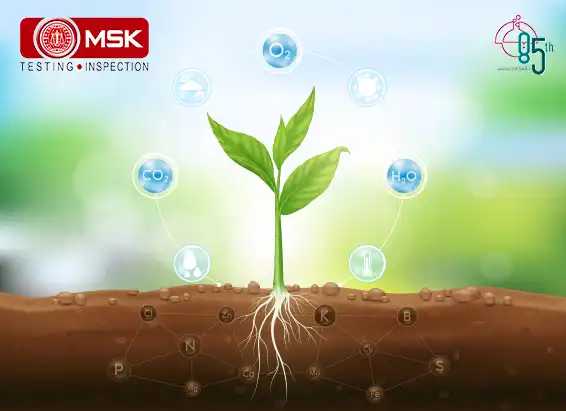
Posted on April 06 2022 By Mitra S.K ADMIN
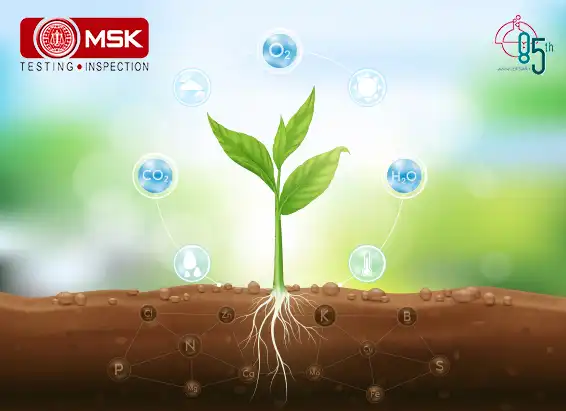
Posted on April 06 2022 By Mitra S.K ADMIN
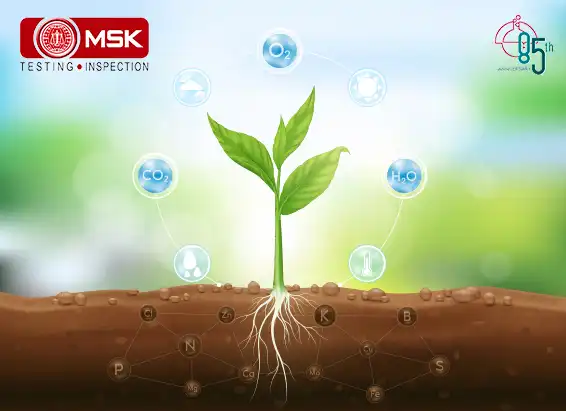
Posted on April 06 2022 By Mitra S.K ADMIN
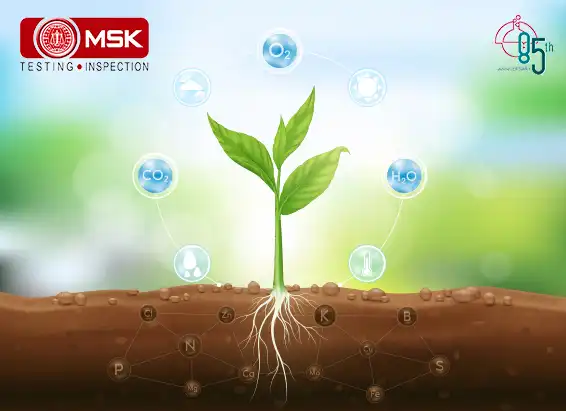
Posted on April 06 2022 By Mitra S.K ADMIN
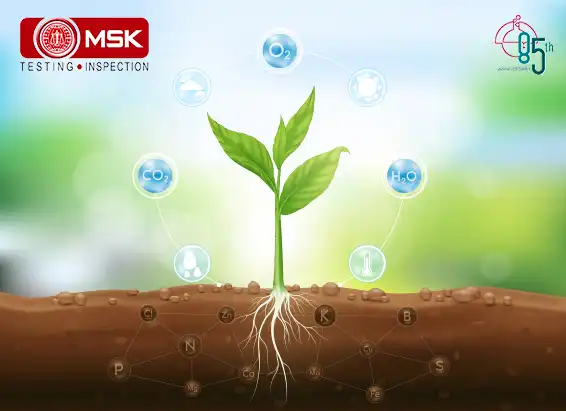
Posted on April 06 2022 By Mitra S.K ADMIN
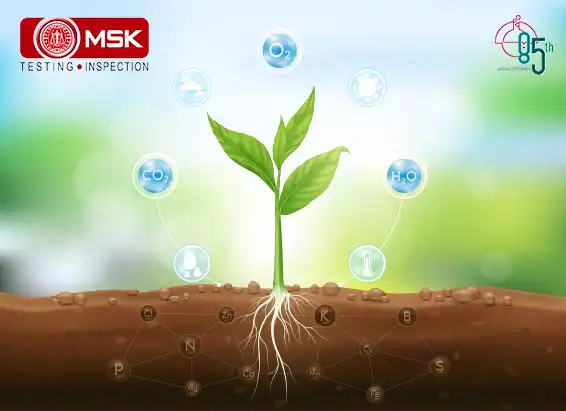
Posted on April 06 2022 By Mitra S.K ADMIN
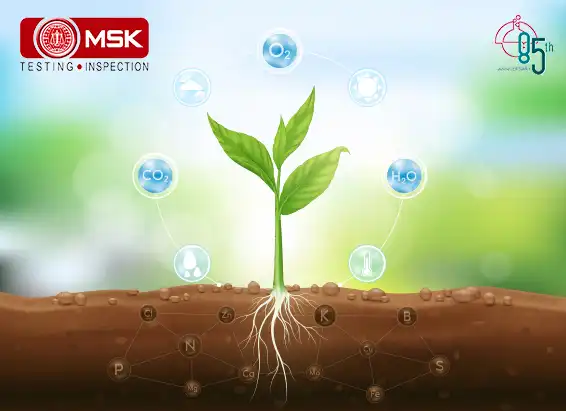
Posted on April 06 2022 By Mitra S.K ADMIN
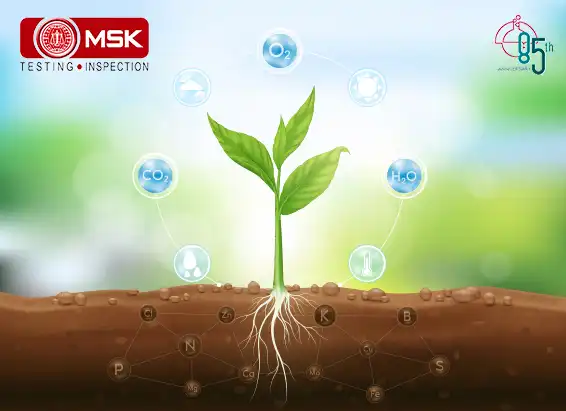
Posted on April 06 2022 By Mitra S.K ADMIN
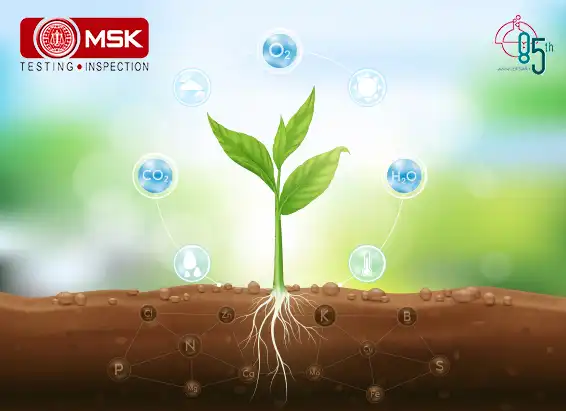
Posted on April 06 2022 By Mitra S.K ADMIN
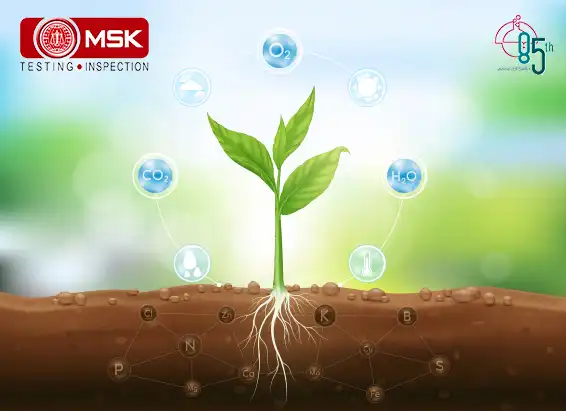
Posted on April 06 2022 By Mitra S.K ADMIN
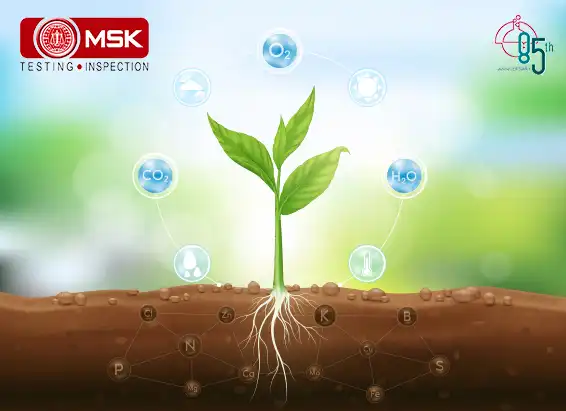
Posted on April 06 2022 By Mitra S.K ADMIN
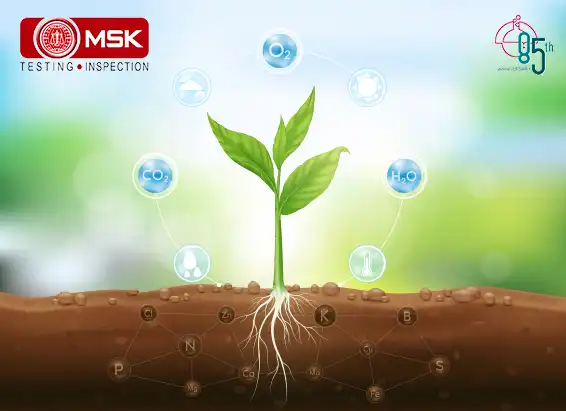
Posted on April 06 2022 By Mitra S.K ADMIN

Posted on November 28 2022 By Mitra S.K ADMIN
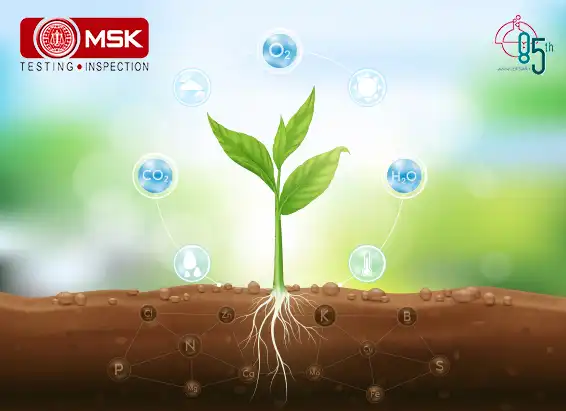
Posted on April 06 2022 By Mitra S.K ADMIN
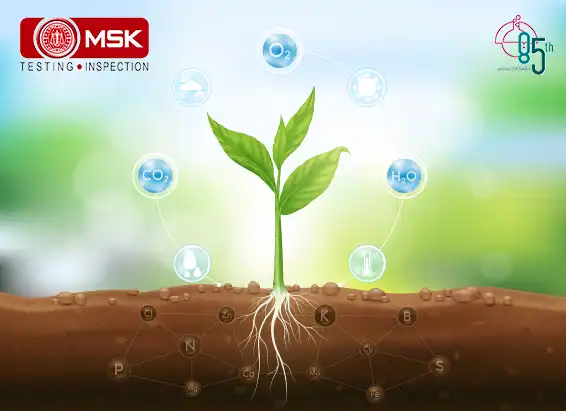
Posted on April 06 2022 By Mitra S.K ADMIN
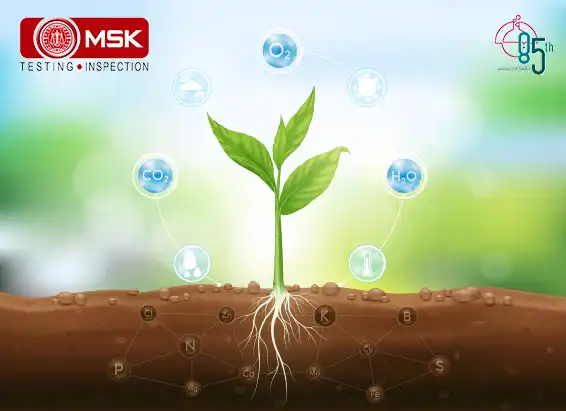
Posted on April 06 2022 By Mitra S.K ADMIN
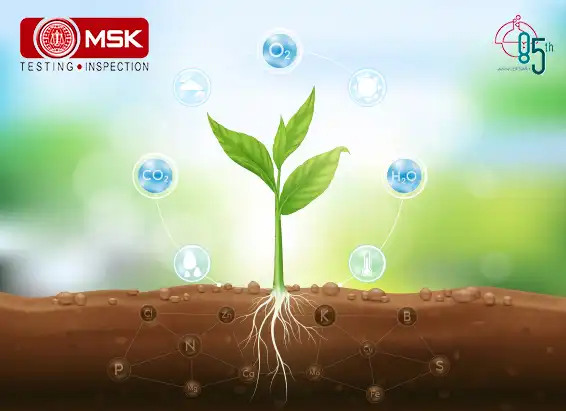
Posted on November 28 2022 By Mitra S.K ADMIN
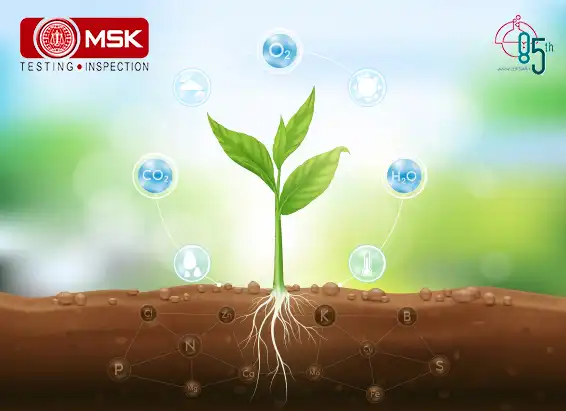
Posted on June 14 2022 By Mitra S.K ADMIN
